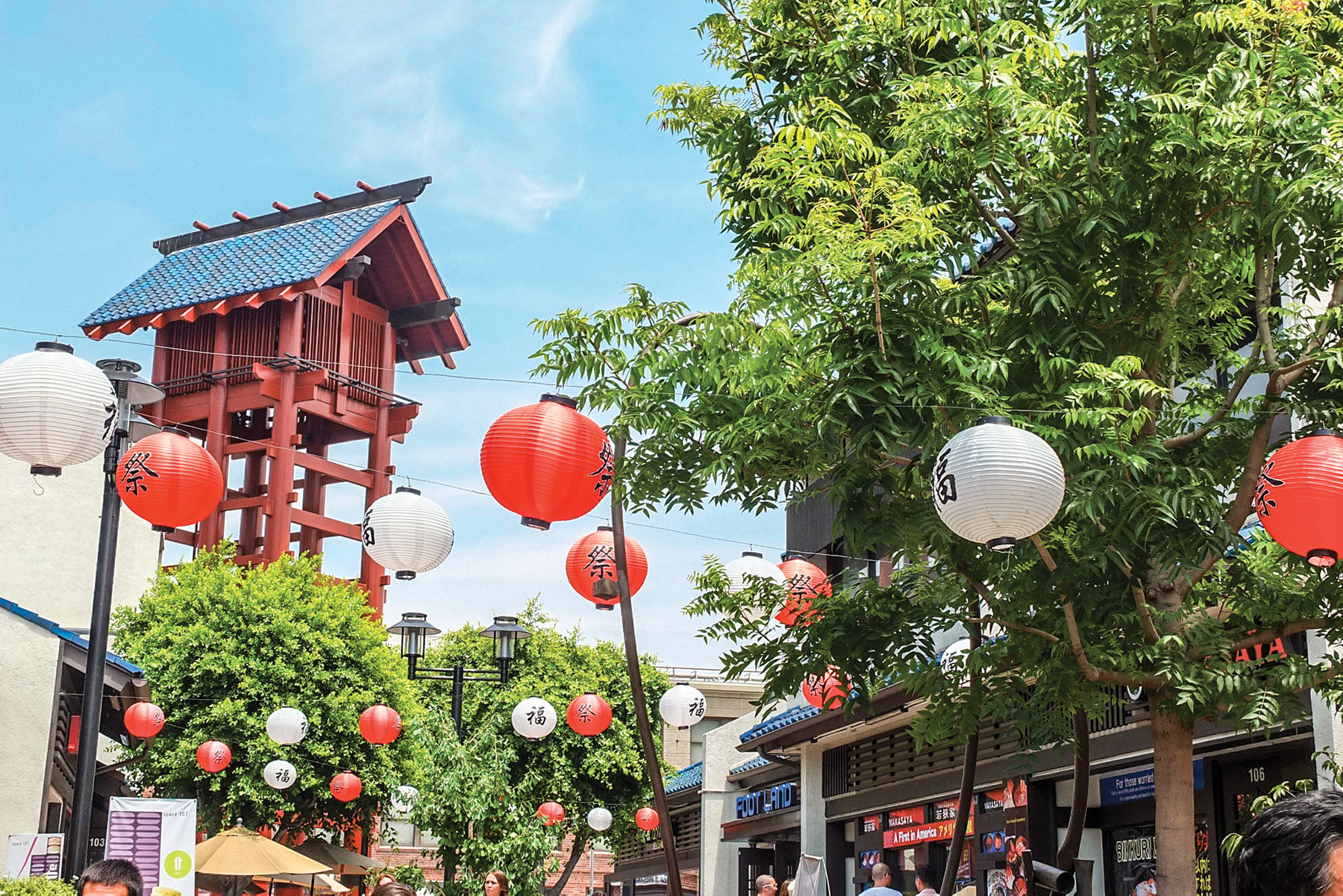We all live somewhere, which means we reside, work, play, learn, worship, shop, make, laugh, love, cry, and return to specific places. Like many other ethnic-based neighborhoods, Little Tokyo in Los Angeles is where all these acts of living collide and collapse into one place, where these layers support the individual, families, and the community through culture.
I first learned about the potential for a human-centered approach to urban development when I directed the Asian Community Development Corporation in Boston's Chinatown 10 years ago. We developed four-bedroom apartments as affordable housing because immigrant Chinese families often include three or even four generations in one household. We insisted on home ownership opportunities alongside home buyer education and financial trainings. We supported physical improvements to community gardens while organizing Chinese-speaking elderly gardeners to play a leadership role in their management.
We formalized this "cultural" approach to community development by piloting the Human Development Overlay District concept that was conceived by the Environmental Simulation Center in New York. Unlike typical overlay districts that commonly focus on physical development, this method focuses attention on health, access to jobs and economic opportunity, and social supports.
As an urban planner, when I think of Little Tokyo, I consider its significance as probably the most vibrant of the three remaining "Japantowns" in the United States, but when I experience the area directly, I'm drawn to the overlapping layers of culture, commerce, people, and place. Low-income and senior residents shop and socialize in the small businesses on East 1st Street, while across the street Japanese tourists board and alight from an everpresent line of tour buses at the Miyako Hotel. Clusters of teenagers ranging from fifth-plus generation Japanese Americans to first-generation Korean Americans find their bubble tea in between the Japanese Village Plaza and the Japanese American National Museum. Executives from modern corporations with ties to Japan stride side by side with monks from Koyasan Buddhist Temple, one of the oldest in the United States.
To align their aspirations through the neighborhood's designation as a cultural eco-district, community organizations and residents worked with the city to create the Little Tokyo Community Design Overlay. In the words of Thomas Yee, director of planning for the neighborhood's Service Center Community Development Corporation: "[Sustainable Little Tokyo] is rooted in long-held cultural and community values passed down from generation to generation. We lifted fundamental community values like mottainai (what a shame to waste), kodomono tameni (for future generations), and banbutsu (interconnectedness) into a contemporary environmental context."
These perspectives are merging as planners, developers, activists, and cultural producers learn about how people shape the places where they live through their behaviors, patterns of use, and expressions. Expression is really key: Culture, as expressed through art, performance, rituals, food, and traditions, is how people can individually and collectively shape a place. The best creative placemaking efforts involve cultural organizations and artists who shape community development in ways that accelerate equity and increase the effectiveness of place-based strategies. From new understandings of the dimensions of health as a social construct to culture as a reservoir of strength, the human development approach offers a framework to planning, development, and resiliency that can leverage and address the complexity of people and place together. ■

